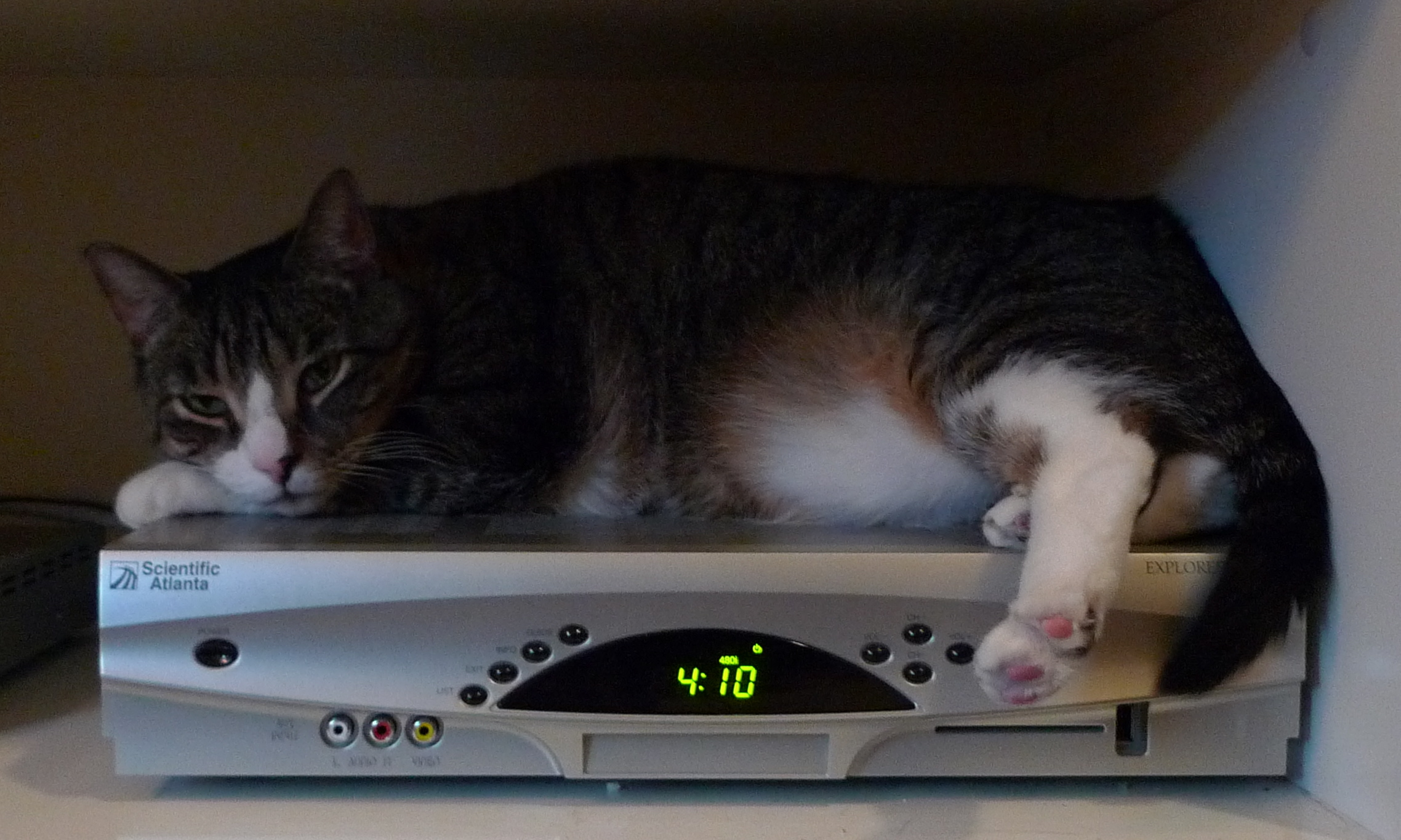
Johnny VulkanAt least somebody’s benefiting from that wasted energy.
When you turn off your cable box, you may think it isn’t using any power. In fact, every electronic device uses some electricity as long as it’s plugged in. These energy suckers are known as “vampires” and they account for a tremendous amount of energy waste in the U.S.: over 100 billion kilowatt-hours of electricity every year, costing Americans more than $11 billion.
Wasted energy means more than just wasted money when you pay your electric bill. All too often, it also means that the coal-burning plant where your electricity comes from is belching more greenhouse gases and particulate pollution into the air.
A cable box uses far more electricity than your average appliance, because it’s never really off. According to a report by the Natural Resources Defense Council, “In 2010, set-top boxes in the United States consumed approximately 27 billion kilowatt-hours of electricity, which is equivalent to the annual output of nine average (500 MW) coal-fired power plants. The electricity required to operate all U.S. boxes is equal to the annual household electricity consumption of the entire state of Maryland, results in 16 million metric tons of carbon dioxide (CO2) emissions, and costs households more than $3 billion each year.”
The problem has become vastly worse with the popularity of DVR technology. In 2011, ABC News reported, “the ever-popular DVR typically uses 40 percent more energy per year than the devices that don’t record material. In all, Americans spend $2 billion each year to power the boxes when they’re not even using them.”
Energy waste is particularly likely when the party responsible for purchasing a product is not the end user because they have no incentive to pay for technological innovations that save money on electric bills. In this case, the purchaser is the cable company and the end user is you.
NRDC recommended mechanisms for reducing energy waste from DVR boxes, such as programming them to power down at times when they are unlikely to be used, such as the middle of the day or night.
A voluntary agreement reached by the Department of Energy and industry groups will do just that, cutting the vampire set-top box waste roughly in half. DOE announced the deal on Monday:
These new standards — developed through a non-regulatory agreement between the pay-TV industry, the consumer electronics industry and energy efficiency advocates — will improve set-top box efficiency by 10 to 45 percent (depending on box type) by 2017, and are expected to save more than $1 billion on consumer energy bills annually.
The set-top box efficiency standards announced today will ultimately save enough electricity each year to power 700,000 homes. The standards will also avoid more than five million metric tons of carbon dioxide emissions each year.
Given how easy it is to achieve these energy savings, there is really no excuse for it not having happened already. “To cut energy use, companies can make inexpensive software changes to the sleep mode on a set-top box,” explains The New York Times. “Tweaking DVR hard drives so they do not spin when not recording can reduce the device’s ‘vampire’ rating by five to seven watts.”
But as Times notes, the industry players did not agree to make changes out of the goodness of their hearts. Rather, they feared more stringent regulations that NRDC and other environmental groups were requesting.
So this deal is good news, but it reminds us that corporate America will do nothing to save energy unless it benefits their own bottom line — or unless their hand is forced.



